Some years ago, I travelled to Myanmar. I knew almost nothing about the country so most of the things I saw were a surprise. In their now-capital city Naypyidaw I met a most interesting fellow. He was a man approximately in his mid-thirties, average height, but very skinny. He worked as an IT engineer on a government salary. In his business casual attire comprised of sarong, flip-flops and buttoned shirt, he lead me to his data center and showed me around. It was a small room, nothing unusual, but then he started working. He had mad skills. Seeing him at work, I kept thinking how did he learn all of this? And in a country which was under heavy international sanctions until recently… I was impressed! And since then, I keep telling the story about The Best Engineer in Myanmar.
But Let’s Rewind…
Myanmar, formerly known as Burma, boasts a history dating back to ancient times.
Early History
It was a home to many diverse ethnic groups and powerful civilizations such as the Pyu and Mon. In the 9th century, the Bamar people established the Kingdom of Pagan, a significant center for Theravada Buddhism. However, the Mongol invasions in the 13th century weakened Pagan, leading to its decline.
The British Rule
Over the centuries, Myanmar experienced internal strife and external invasions, with the British Empire annexing Burma in the 19th century after the Anglo-Burmese Wars.
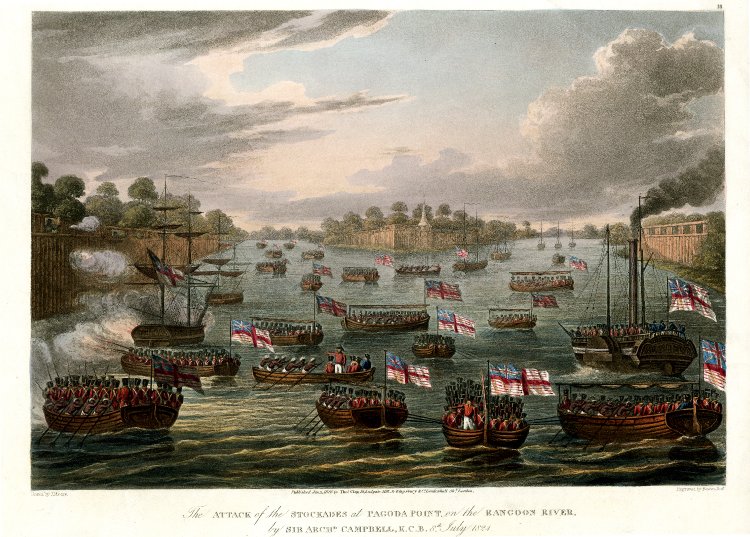
During World War II, Myanmar became a pivotal battleground between the Allies and the Japanese. The significant moments included the brutal Burma Campaign, where British and Allied forces, alongside Burmese nationalists, fought against the Japanese. The conflict left a lasting impact on the region, contributing to the eventual independence movement.
Myanmar’s Independence
Myanmar gained independence in 1948, with General Aung San playing a crucial role. Aung San led negotiations with the British for the Panglong Agreement, which sought to address the concerns of various ethnic groups. His efforts resulted in a peaceful transition to independence. Unfortunately, Aung San was assassinated on July 19, 1947, just before Myanmar became a sovereign nation, along with several of his cabinet members during a cabinet meeting. The assassination was carried out by a group of gunmen and is believed to have been orchestrated by a political rival, U Saw, a former Prime Minister of British Burma. U Saw was subsequently arrested, tried, and executed for his role in the assassination. General Aung San is revered among the people for his leadership in the fight against British colonial rule and his efforts to unite the diverse ethnic groups in the country. His vision for a federal and inclusive Myanmar, as reflected in the Panglong Agreement, remains influential in the nation’s history.
However, political instability and ethnic conflicts persisted, leading to military coups in 1962 and 1988. The military junta ruled the country with an iron fist, suppressing dissent and opposition.
Rise and Fall of Aung San Suu Kyi
Aung San Suu Kyi, daughter of General Aung San, emerged as a prominent political figure. Aung San Suu Kyi became an icon of the pro-democracy movement and won the Nobel Peace Prize in 1991. However, she faced periods of house arrest under the military regime. In 2011, she was released as part of Myanmar’s gradual transition to civilian rule.
Myanmar held elections in 2015, resulting in the National League for Democracy (NLD), led by Aung San Suu Kyi, forming a civilian government. In 2021, she was once again detained following a military coup. Her imprisonment was preceded by yet another coup which sparked widespread protests and condemnation both domestically and internationally. Since then, there are ongoing clashes between the army and guerilla fighters, highlighting the ongoing struggle for democracy and prolonging political stability in Myanmar.
Aung San Suu Kyi faced criticism for her handling of the Rohingya crisis in Myanmar, particularly during the military crackdown in 2017. Critics accused her of failing to condemn the human rights abuses and ethnic cleansing against the Rohingya, tarnishing her reputation as a defender of democracy and human rights.
Sanctions
Myanmar faced international sanctions primarily due to human rights abuses, lack of political freedoms, and undemocratic governance under its military junta. Sanctions were imposed by various countries and organizations, with measures including arms embargoes, restrictions on financial assistance, and targeted economic sanctions against key individuals and entities. The sanctions were imposed over the years, particularly in the aftermath of the military crackdown on pro-democracy demonstrations in 1988.
Over the following decades, there were debates about the effectiveness of sanctions. Positive steps by Myanmar’s government, such as releasing political prisoners and holding elections in 2015, led to the gradual easing of sanctions by many countries. By the mid-2010s, sanctions were lifted or relaxed. However, the situation changed with the military coup in February 2021, prompting renewed discussions about reinstating or imposing additional sanctions in response to the military’s actions and human rights abuses.
Back to the story…
So, how and where did I meet The Best Engineer in Myanmar? I visited Myanmar during the good times. International sanctions were just lifted and the country was booming. At that time, I just moved from Jakarta to Singapore, but I remember finishing a book called Confessions of an Economic Hit Man by John Perkins[2]. The book describes author’s experiences as an economic consultant involved in projects that exploited developing nations for economic gain. For me it was interesting because part of his story happens in and around Jakarta. The story touches on the manipulation of economic policies, including those related to the chemical and agricultural industry, in ways that allegedly favored corporate interests at the expense of the developing countries.
I’m mentioning this because the first major sight which I saw on my way from the airport was a big agricultural convention and the flags of all the companies mentioned in that book (I won’t name them – you can find them in the book 😊). It was funny to see this and, for some reason, it got imprinted in my long-term memory.
But I digress..
A Tale of Two (Capital) Cities
Up until 2005, the capital of Myanmar was a city of Yangon. However something interesting happened in 2005 – the capital of Myanmar was moved from Yangon to Naypyidaw. The official announcement of the capital relocation was made on November 6, 2005, and Naypyidaw officially became the capital on November 27, 2005. The decision to move the capital was done in secrecy, and the Myanmar government cited various reasons for the shift, including a desire to have a more centrally located capital to enhance administrative efficiency and to provide better access to different parts of the country. They also expressed concerns about the vulnerability of Yangon to foreign naval attacks. Anyhow, the move to Naypyidaw was a significant and unexpected change, and the decision was not entirely accepted by the locals.
Naypyidaw looked surreal. Even some 10 years after it was proclaimed capital, the major roads leading to/from town were empty. I remember driving in a car, on the road with 6 tracks and often enough, ours was the only car there. It was us and one lonely ox, lying in the middle of the road. I cannot make this up.
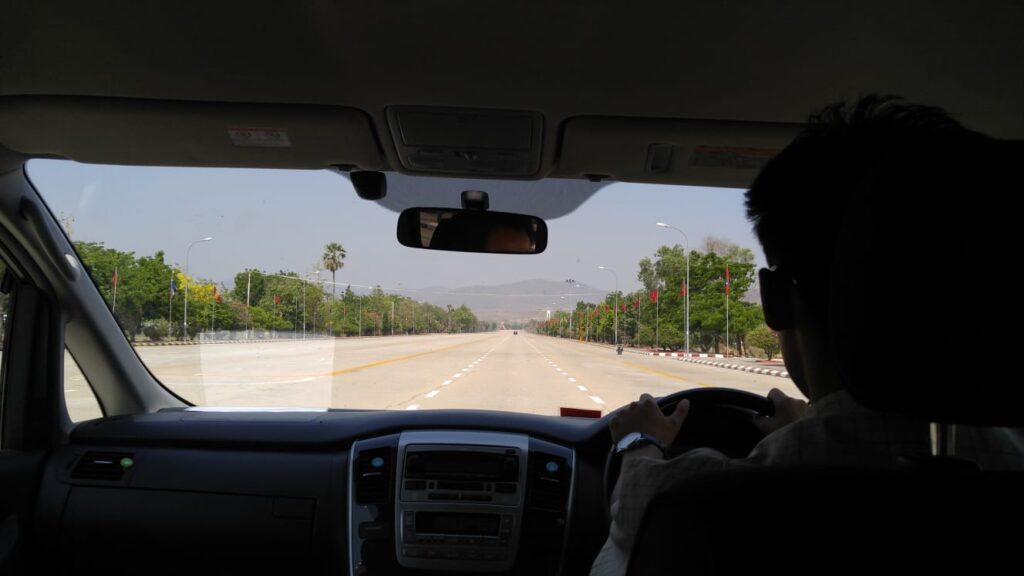
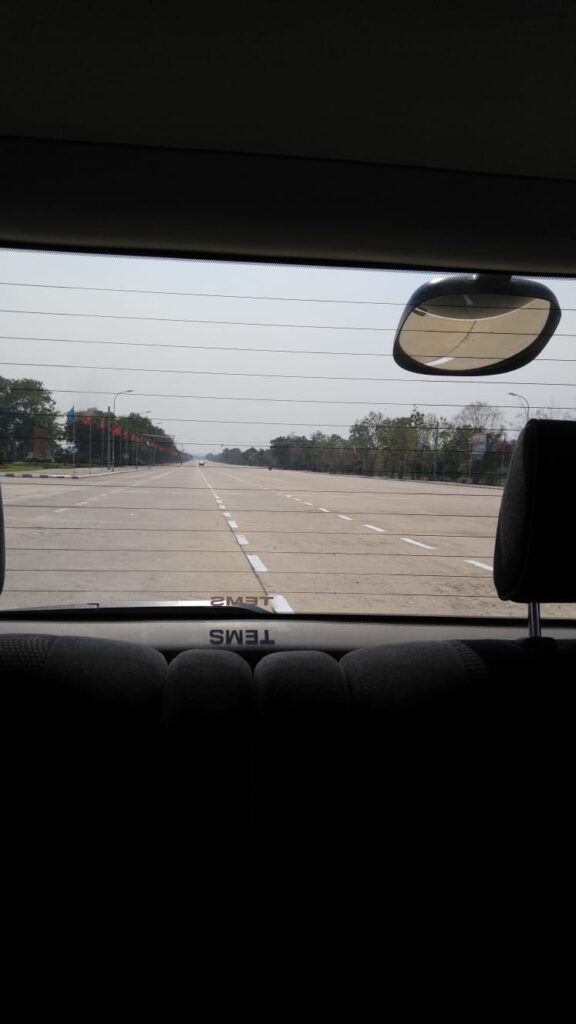
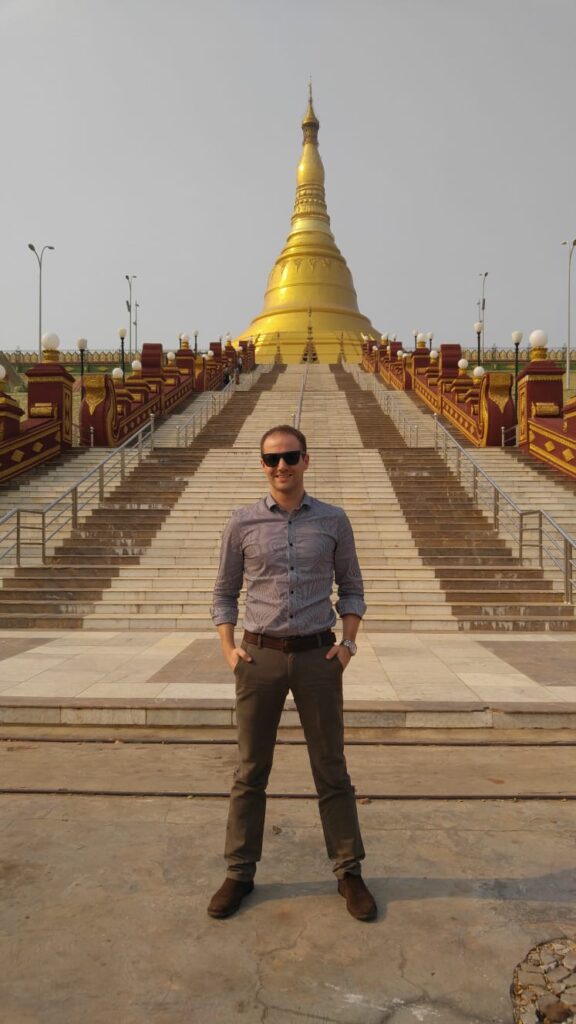
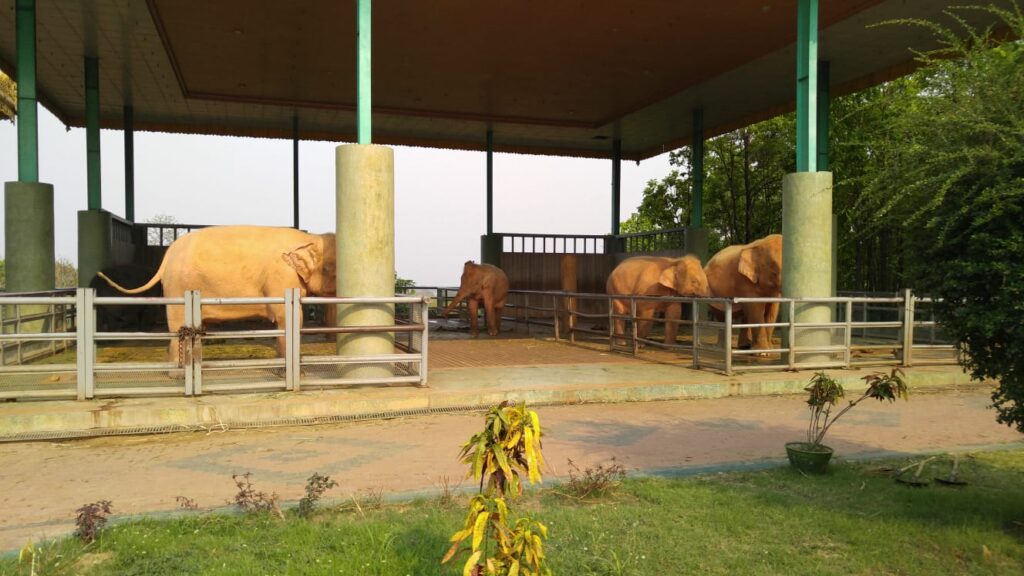
Same went for office buildings. Several ones which I visited were empty. Cobwebs and few people walking around empty hallways. One of these people was The Best Engineer in Myanmar, which leads me to the next chapter.
The Engineering Wiz (a.k.a The Best Engineer in Myanmar)
Like I mentioned, the hero was dressed in his standard office attire: sarong, flip-flops and buttoned shirt.


He moved to Naypyidaw because the government was providing free housing and a salary which wasn’t big, but he could live off it. Can you imagine my surprise when he told me that the salary is around $200? Yeah…
Next few blocks will be a bit technical, but for all the non-technical readers out here – it’s an impressive collection of skills 😊
The Best Engineer in Myanmar was alone in the datacenter and he had work to do. First he started configuring a DSLAM (DSLAM or Digital Subscriber Line Access Multiplexer is like a traffic cop for the internet. It’s a device that sits in a telephone exchange and helps manage the flow of internet data to and from homes or businesses that use Digital Subscriber Line (DSL) broadband).
After that he moved to configuring a Brocade fiber switch. And I thought – nice!
Then he moved to some linux servers, ran some tasks there. And I saw he’s serious.
Then – a cisco switch. By now I was already thinking wow, all of this together is impressive!
And then he needed an ethernet cable, so he took a crimping tool and made one quickly! 🤯
When I asked him where and how he learned all of this, he just said – online 😊
This was the birth of the legend.
An engineer with this skillset living in EU would get paid many thousands of $$$ a month, and this person was doing it for $200.
I spent another day with our hero and two days later I left the country. I haven’t seen or heard from him since, but I bet he’s too busy to write anyway. Just in case you’re reading this, say hi!
Final words
This journey to Myanmar was marked by unexpected encounters – from oxen at the highways and empty buildings, but none more striking than my meeting with the engineer in Naypyidaw. His proficiency left a lasting impression, highlighting the contrast between his capabilities and the financial recognition he received. It’s important to note that Myanmar at the time of writing this article still faces challenges, and traveling there is not recommended. The military coup in 2021 sparked political instability leading to ongoing conflicts and protests. This makes it a risky destination for travelers, although we hope that situation starts improving soon.
[1]https://upload.wikimedia.org/wikipedia/commons/f/f3/The_Attack_of_the_Stockades_at_Pagoda_Point%2C_on_the_Rangoon_River_AN01245150.jpg
[2] https://www.amazon.com/Confessions-Economic-Hit-John-Perkins/dp/0091909104



0 Comments